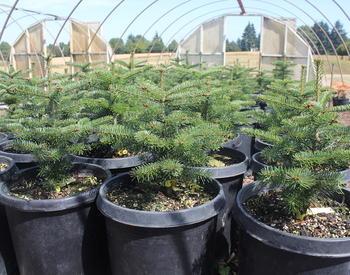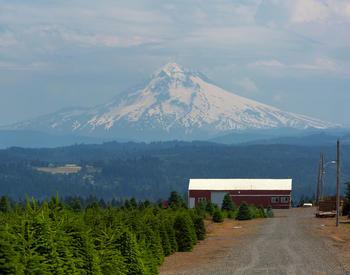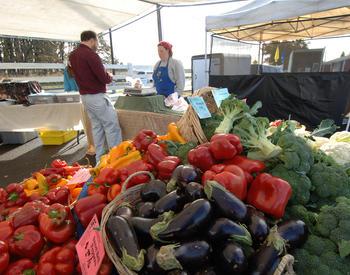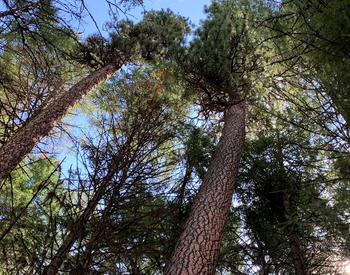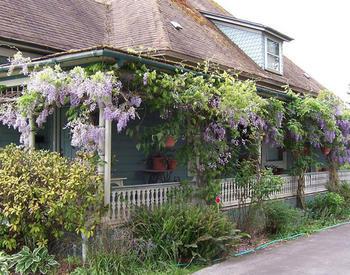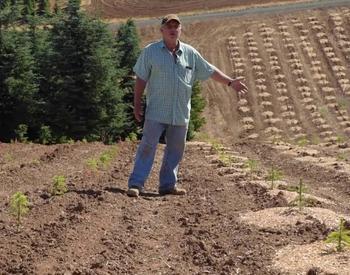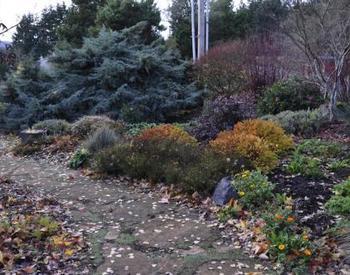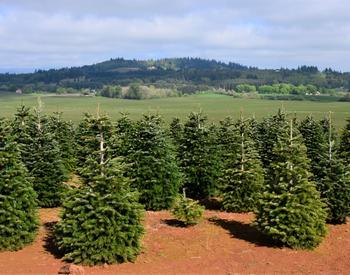We buy live Christmas trees and then plant them as a family tradition. I'm recommending the practice to others, and thought it a good idea to have a list of recommended varieties. Could we work up a short list of conifer candidates that are native to Oregon? Thank you!
That sounds like a lovely tradition and it’s wonderful that you’re sharing it with others! I have come up with a list of five candidates, though there are many native conifers to choose from.
As a caution, be sure you do not select any sort of yew. All parts of the plant are toxic and potentially fatal. It has red berries that could be inviting to small children. Taxus is the first part of the Latin name for yews, and this resource from the Agriculture Department at OSU, Taxus baccata, has more details.
Living Christmas tree varieties
The list only contains species that are small enough for urban planting or have dwarf varieties available. The most drought-tolerant species are the Ponderosa pine and juniper. Some of the suggestions look a little different from traditional Christmas trees, but they could be interesting options for something different.
Native and Naturalized Woody Plants of Oregon is a great resource to peruse for ideas. I narrowed down my list of suggestions from this site.
Douglas fir, Pseudotsuga menziesii
- Full size is 80-100 feet, but dwarf varieties available
- Requires sun
- Prefers neutral or slightly acidic, moist but well-drained soils
- State tree of Oregon
Pacific silver fir, Abies amabilis
- Full size is 50-80 feet, but dwarf varieties are available
- Slow growing
- Very shade tolerant, can survive in a mix of sun and shade
Ponderosa pine, Pinus ponderosa
- Full size is 60-100 feet tall, but dwarf varieties available
- Requires sun
- Prefers a well-drained, moist, deep site
- Drought resistant
- Tolerates alkaline soil
Common juniper, Juniperus communis
- Full size is 5-10 feet
- Requires sun
- Can grow in very poor soils, very adaptable to different soil types
- Drought-tolerant
- Many cultivars are available, make sure to get one that is upright
Western red cedar, Thuja plicata
- Full size is 50-100 feet, but dwarf varieties are available
- Survives in sunny to partially-shady locations
- Prefers moist, well-drained fertile soils, pH adaptable
Tips for live Christmas tree care
- Carry the tree by the root ball or pot, not by the tip
- Keep the tree well watered
- Have something underneath the tree to catch overflow water
- Limit the length of time the tree is indoors to 7-10 days so that it’s less of a shock when it’s planted outside
Here are some additional resources for Christmas tree care:
